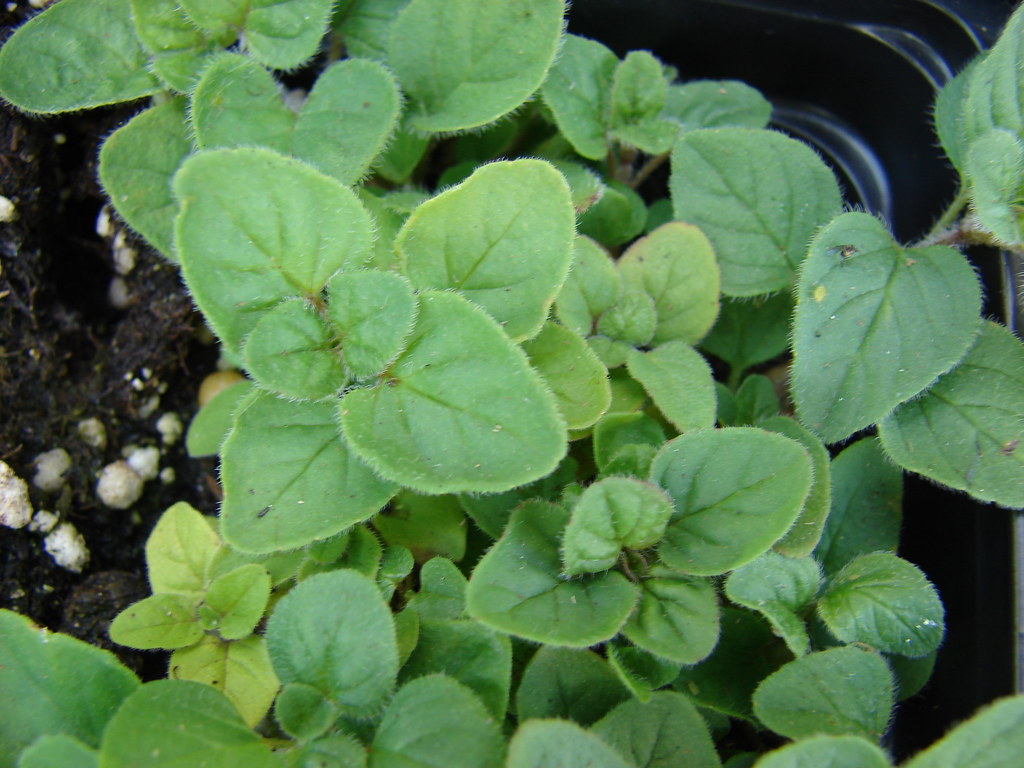Savor the Rich Flavor of Oregano: A Garden Treasure
Oregano, with its robust aroma and bold flavor, is a cherished herb that adds depth and character to countless culinary creations. This perennial herb, renowned for its hardiness and resilience, is a must-have for any herb garden enthusiast.
Growth and Care
Oregano thrives in well-drained soil with a pH level between 6.0 and 8.0. It prefers full sun but can tolerate partial shade, making it suitable for a variety of garden settings. Oregano is drought-tolerant once established, requiring minimal watering during dry spells. It can be propagated from seeds, cuttings, or division, and its trailing growth habit makes it an excellent choice for ground cover or container planting.
Culinary and Medicinal Uses
In the culinary realm, oregano reigns supreme as a flavor powerhouse, imparting a distinctive taste to Mediterranean, Italian, and Mexican cuisines, among others. Its pungent, slightly bitter flavor pairs well with tomatoes, garlic, olive oil, and meats, enhancing the taste of pizzas, pasta dishes, salads, soups, and sauces. Oregano can be used fresh or dried, with both forms offering intense flavor and aroma.
Beyond its culinary prowess, oregano boasts medicinal properties that have been valued for centuries. Rich in antioxidants and antimicrobial compounds, oregano has been used in traditional medicine to alleviate digestive issues, respiratory ailments, and inflammation. Oregano oil, extracted from the leaves, is a popular remedy for boosting immunity and promoting overall well-being.
Weather and Seasonal Considerations
Oregano thrives in warm, sunny climates and is tolerant of a wide range of temperatures. It can withstand light frost but may suffer in prolonged periods of extreme cold or wet weather. To ensure optimal growth and flavor, plant oregano in a location with good air circulation and well-drained soil. Regular pruning helps maintain the plant’s vigor and prevents it from becoming woody.
In conclusion, oregano is not just a culinary delight but also a versatile herb with a rich history of medicinal use. By providing it with the right growing conditions and care, you can enjoy an abundance of fresh oregano leaves to elevate your dishes and support your well-being.

